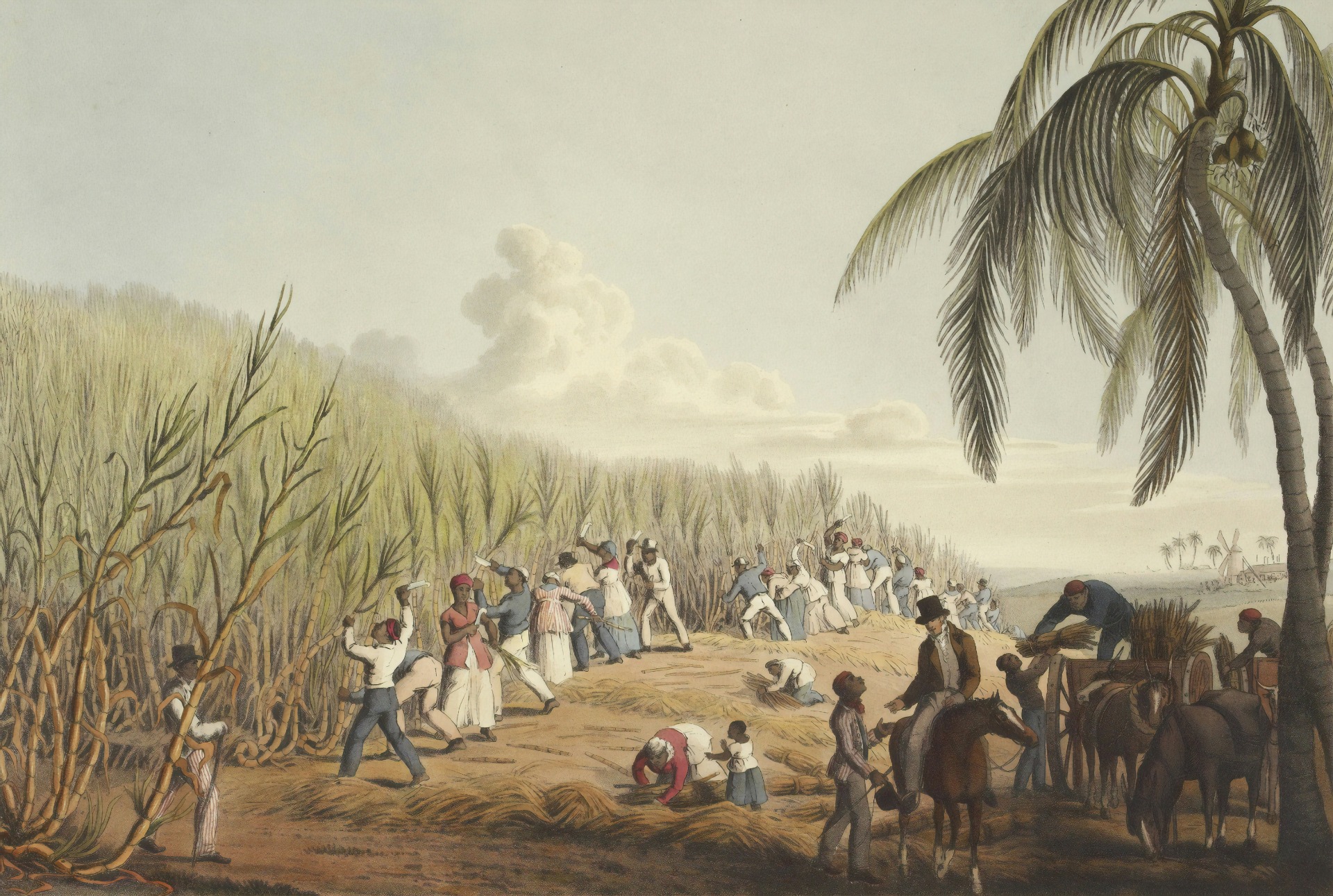
The Five Defining Chapters of Cabo Verdean History
The Five Defining Chapters of Cabo Verdean History
The history of Cabo Verde is a narrative of strategic location, resilience, and unique cultural synthesis. These five distinct chapters clarify the nation's journey from its unpopulated discovery to its role as a stable democracy.
1. Discovery and the Slave Trade Hub (1456 – c. 1600)
This phase establishes the islands' initial, crucial purpose.
Cornerstone Events: The archipelago was discovered uninhabited in 1456 (credited to explorers like António da Noli).
Defining Role: Cabo Verde became the indispensable Slave Trade Hub for the Portuguese Empire, due to its proximity to the West African coast. Cidade Velha (then Ribeira Grande) on Santiago was established in 1462 and grew into one of the wealthiest cities in the Portuguese realm, centralizing the trafficking of slaves to the Americas.
2. Decline, Crisis, and the Birth of Creole Identity (c. 1600 – c. 1879)
This period covers the colony's decline and the profound social changes that laid the foundation for the Cabo Verdean people.
Economic Drivers: The economy suffered massive setbacks due to the Portuguese prohibition of the slave trade (1836) and devastating, recurrent droughts and famine. This led to the first major waves of emigration.
Societal Shift: The constant interaction between Portuguese settlers, African slaves, and various other groups resulted in intense Creolization. This process gave birth to a distinct Cabo Verdean identity, shaping the unique language, music, and societal norms that exist today.
3. Political Awakening and the Fight for Autonomy (1879 – 1975)
The focus shifts from trade to intellect and political mobilization against colonial rule.
New Centers: The islands of São Vicente (Mindelo) and Sal gained prominence as the global supply and communications hub (bunkering and submarine cables). Mindelo became the cultural heart, fostering a highly educated intellectual elite.
The Struggle: Constrained under colonial rule, the rise of nationalism was spearheaded by the PAIGC Movement (African Party for the Independence of Guinea and Cabo Verde), led by the central figure, Amílcar Cabral. This movement organized the fight for autonomy, leading directly to the next phase.
4. Independence and the Single-Party Era (1975 – 1990)
This brief but transformative chapter defines the nation's sovereignty and its initial political structure.
Sovereignty Achieved: Cabo Verde gained Independence on July 5, 1975, following the Carnation Revolution in Portugal.
Political Structure: The newly independent nation established a One-Party State under the PAICV (African Party for the Independence of Cabo Verde). This government faced immediate and severe challenges, relying heavily on foreign aid and Diaspora remittances to overcome ongoing drought and limited resources.
5. Democratization and Global Cultural Bridge (Since 1990)
This final chapter highlights the country's modern stability and integration into the global economy.
Democratic Transition: Following global trends, the country transitioned to a stable Multiparty Democracy in 1991. This political stability has become a cornerstone of the modern nation.
Global Recognition: Cabo Verde achieved significant Cultural Recognition through its music (e.g., Morna and the global icon Cesária Évora). Furthermore, its historical significance was cemented when Cidade Velha was classified as a UNESCO World Heritage Site in 2009.
Modern Economy: The focus shifted to sustainable development, driven by the rapid growth of tourism and continued vital support from the extensive Diaspora.
